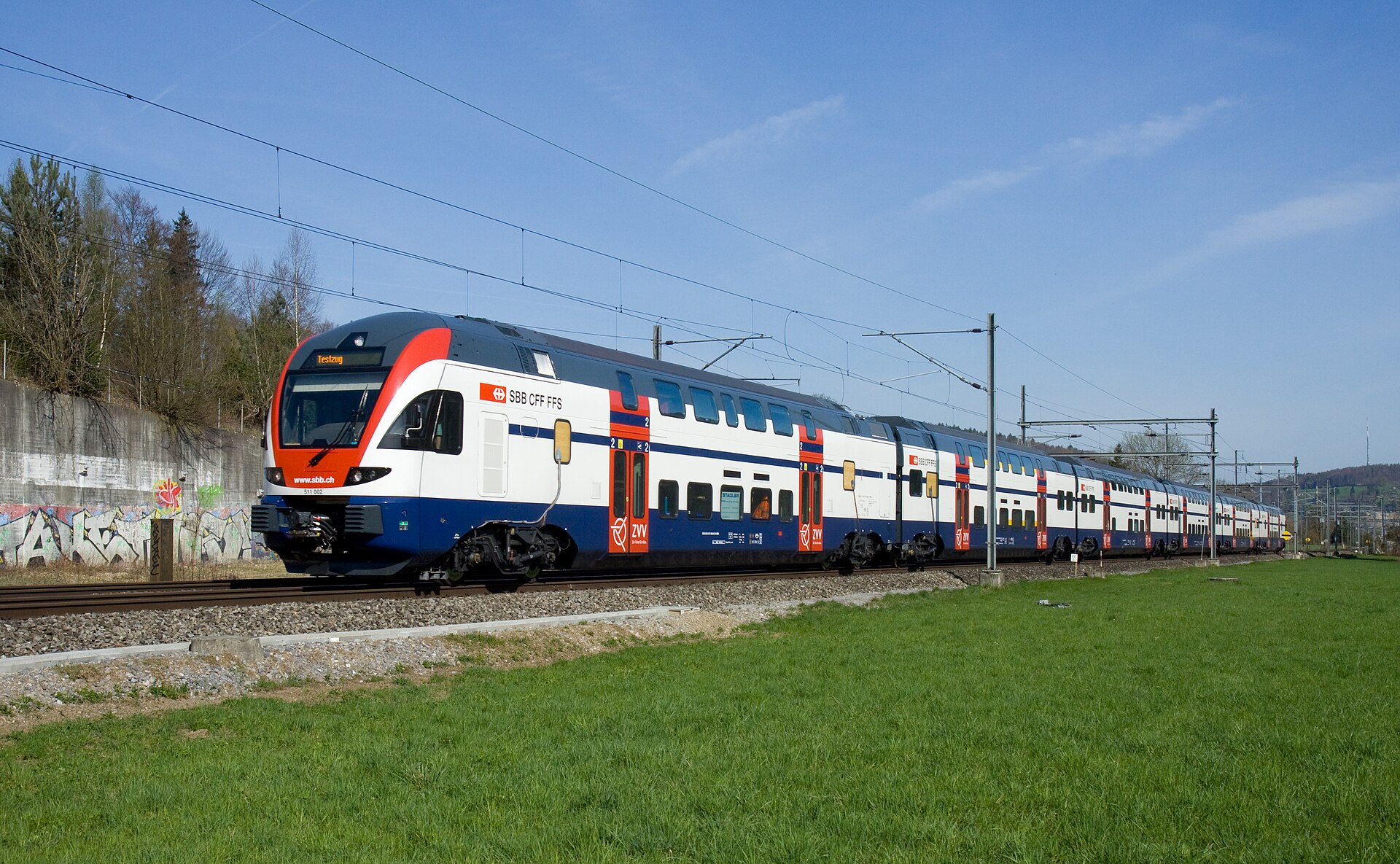LRT wouldn't use it
Transports Québec says rail corridor could still have future uses
CBC News Posted: May 27, 2016 8:51 AM ET Last Updated: May 27, 2016 8:51 AM ET
Designers included the rail corridor in plans for the new Turcot Interchange thinking it would serve a planned airport shuttle train. (Radio-Canada)
Montreal's new light rail network will bypass a $136-million train corridor under the Turcot Interchange that Quebec's Transport Ministry had designed for that purpose.
The corridor was written into the new Turcot's design with the expectation it would serve a planned rail shuttle between downtown Montreal and Pierre-Elliott-Trudeau International Airport.
The cost of including it in the Turcot development was estimated at $136 million by the ministry, according to documents obtained by Radio-Canada.
However, on April 22, the Caisse de dépôt et placement du Québec, which is fronting $3-billion of the new light rail network's $5.5 billion price tag, announced the airport train would not use the Turcot corridor.
The pension fund said it wants the rail network to be in service by 2020-2021, but work on the Turcot is only scheduled for completion in 2020.
The new light rail network has a projected cost of $5.5 billion. (Caisse de dépôt et placement du Québec)
As a result, LRT planners have three possible routes to the airport in mind, and the Turcot corridor isn't one of them.
"The LRT project announcement doesn't change the pertinence of maintaining a rail corridor for future use," said Transports Québec spokeswoman Sarah Bensadoun.
The ministry said it's impossible to estimate the cost of the Turcot's rail corridor.
However, documents obtained by Radio-Canada clearly show that from the moment of its inclusion in the plans, the cost was pegged at $136 million.
The corridor was envisioned as part of series of measures aimed at encouraging public transit.
A map of the light rail network's proposed stations. (Caisse de dépôt et Placement)








